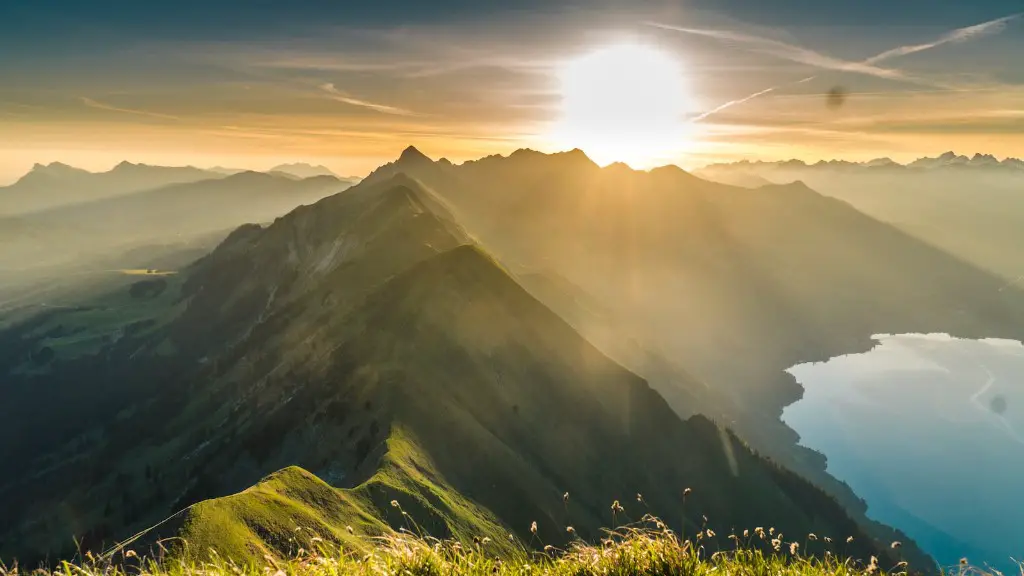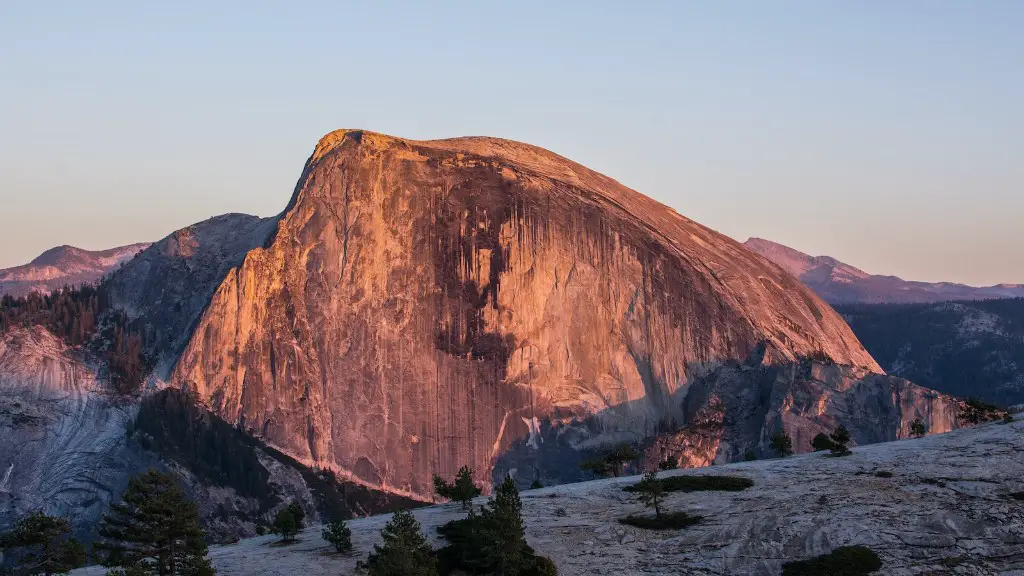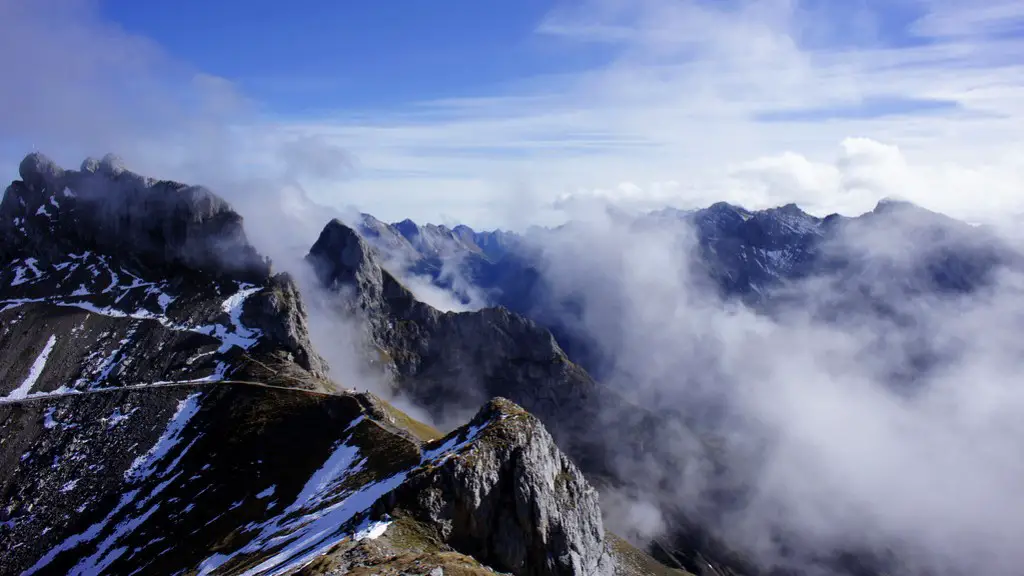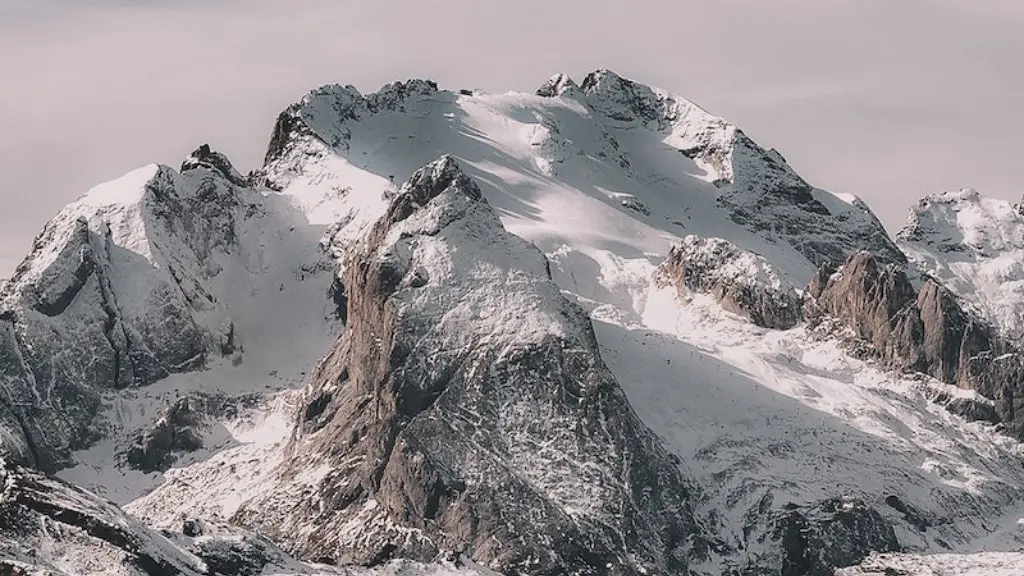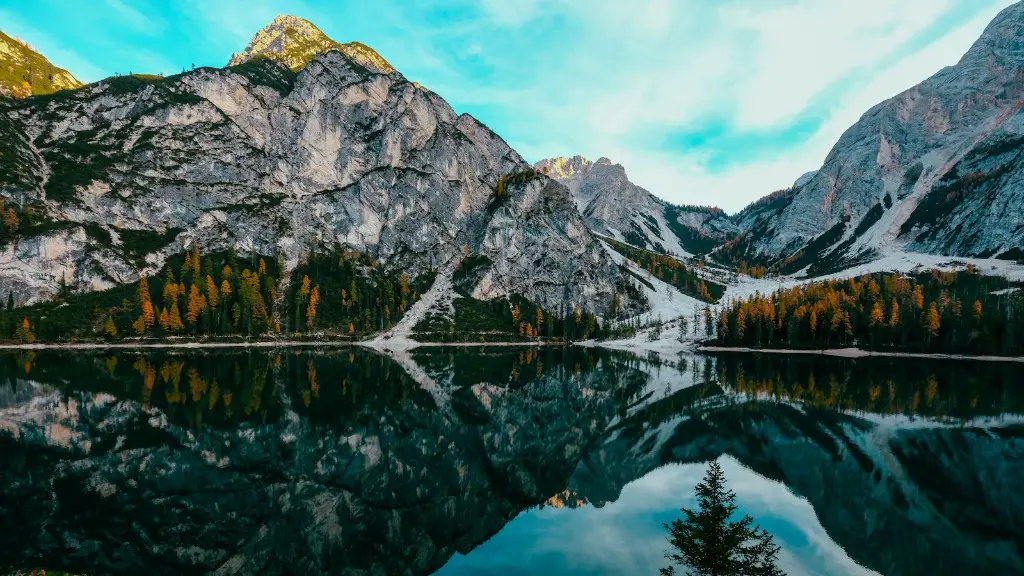Mount Everest is the tallest mountain in the world, and has been called the most dangerous place on Earth. Over the years, hundreds of people have died while trying to reach the summit. Climbing Mount Everest is an extremely difficult and dangerous undertaking, and should only be attempted by experienced mountaineers with the proper equipment and training.
A deadly ascent up Mount Everest can be caused by a number of different things, including avalanches, falls, hypothermia, altitude sickness, and exposure to the elements.
What is the deadliest ascent?
Annapurna I is the deadliest mountain in the world. The route is so deadly because of an extremely steep face. Astonishingly, 58 people have died from just 158 attempts. It has the greatest fatality rate of any ascent in the world.
This was a tragic event that took the lives of many experienced mountaineering guides. It is a reminder of the dangers of climbing in the Himalayas, and a reminder that we must always be prepared for the worst when undertaking such adventures. Our thoughts are with the families and loved ones of those lost in this tragedy.
What are the 4 main causes of death on Mount Everest
Since the first successful ascent of Mount Everest in 1953, there have been over 5,000 summits of the world’s highest peak. But the mountain has also claimed the lives of over 280 climbers.
The most common causes of death on Everest are avalanches, falls, and exposure to the elements.
Avalanches are the leading cause of death on the mountain, accounting for 77 of the 280 fatalities, or nearly 28%.
Falls are the second leading cause of death, accounting for 71 of the 280 fatalities, or just over 25%.
Exposure to the cold, whether from the weather or from being buried in an avalanche, is the third leading cause of death on Everest, accounting for 36 of the 280 fatalities, or just over 13%.
Mountain sickness, which is caused by the body’s inability to adjust to the high altitude, is the fourth leading cause of death on Everest, accounting for 26 of the 280 fatalities, or just over 9%.
Frostbite and freezing are the fifth leading cause of death on Everest, accounting for 26 of the 280 fatalities, or just over 9%.
Illnesses such as colds, flu, and pneumonia are the sixth leading cause of
The death zone is the name given to the area above 8,000 meters (26,000 feet) on Mount Everest. This is the altitude at which the human body can no longer acclimatize and starts to experience the effects of altitude sickness, which can lead to death in a matter of hours.
While some climbers have been able to spend extended periods of time in the death zone, most of the 200+ climbers who have died on Mount Everest have died in the death zone. Media reports have advised people not to stay in the death zone for more than 16 to 20 hours, as shorter stays can also be deadly.
What is a Class 3 ascent?
Hiking a steep incline can be difficult, especially if there is loose gravel or rocks. Scrambling, or using your hands to help you climb, may be necessary. Class 3 Climbing is considered moderate exposure, meaning that a rope may be carried but not used, and hands are used in climbing. A short fall could be possible, but is not likely.
The fastest ascent without supplemental oxygen and fastest ascent from Everest North Base Camp is 16 hours and 45 minutes by Hans Kammerlander. The longest stay on the summit is 21 hours by Babu Chiri Sherpa.
Why can’t you fly up Everest?
The top of Mount Everest is one-third of the sea level’s atmospheric pressure. This level of air pressure is not convenient for helicopters to handle. The oxygen levels at the Everest base camp itself are at a 50% drop. The further up you go, the oxygen levels keep decreasing.
Climbing to extreme altitudes carries with it a very real risk of death. The “death zone” refers to the area above 26,000 feet on Mount Everest, where oxygen is so limited that the body’s cells start to die. This can lead to judgement impairments, heart attacks, strokes, and severe altitude sickness. It is important for climbers to be aware of the risks involved in pushing themselves to these heights, and to take precautions to ensure their safety.
How many bodies are lost on Mount Everest
As of November 2022, 310 people have died while attempting to climb Mount Everest. The majority of the dead are still on the mountain. Some of the bodies have never been found, some serve as grim “markers” along the route, and some are only exposed years later when the weather changes.
There is no one definitive cause of death for mountaineers. Avalanches, falls, and exposure are all possible causes, as well as health problems related to the conditions on the mountain. Not all bodies have been located, so details on those deaths are not available.
What kills most people on Everest?
Since 1953, when the first men reached the summit, more than 300 climbers have died on their way to the top of the world’s tallest mountain. A third of these succumbed to the deadly lack of oxygen. The rest have perished in falls, avalanches, or from the extreme cold. Although the risks are great, thousands of people attempt to climb Mount Everest each year.
The Mt Everest top sees its coldest temperature from the Mid-December until the Late-January where the average temperature revolves around -37°C(-35°F) Similarly, the average temperature at Everest Base Camp during the winter season is around -17°C(14°F).
Do you age faster on Mount Everest
At high altitudes, the air is much thinner, which means that there is less oxygen available. This can lead to an increase in the production of nitric oxide and ROS, which can accelerate aging. High altitude hypoxia can also increase death rates and decrease life expectancy.
On the peak of Everest, it can take minutes just to catch your breath. That’s because, at an elevation of 8,848 meters (29,029 feet), each breath contains one-third of the oxygen found at sea level. The air is so thin that your body can’t get enough oxygen to function properly. This can cause a condition called altitude sickness, which can be fatal.
Can you sleep on Everest?
Everest Base Camp is one of the most popular adventure treks in the world. Our award winning team have been granted permits to sleep in Everest Base Camp even though, traditionally, only teams with expedition permits have been allowed to sleep there. Sleeping at Everest Base Camp is an experience that you will never forget.
Nalle Hukkataival’s Burden of Dreams V17 is one of the most difficult boulder problems in the world. It took him four years to climb and is likely the most challenging series of moves on any established boulder problem.
What does Class 5 mean in hiking
Fifth class is where rock climbing begins in earnest. Climbing involves the use of a rope, belaying, and protection (natural or artificial) to protect the leader from a long fall. Fifth class is further defined by a decimal and letter system – in increasing and difficulty.
Cat 5 climbs are the least difficult of all the categorized climbs. The exactly same methodology is used in determining their difficulty as Cat 4 climbs but they the least difficult of all the rated climbs. All climb scores are based on distance, grade/elevation change, and maximum elevation.
Conclusion
A deadly ascent of Mount Everest can be incredibly dangerous, and even deadly. The summit of Everest is the highest point on Earth, and it is also one of the most difficult and dangerous places to climb. Many people have died while trying to reach the top of Everest, and even more have been injured or killed in the process.
In May 1996, eight people died while ascending Mount Everest. Many people have died while climbing Mount Everest, and it is considered to be one of the most dangerous mountains to climb.
